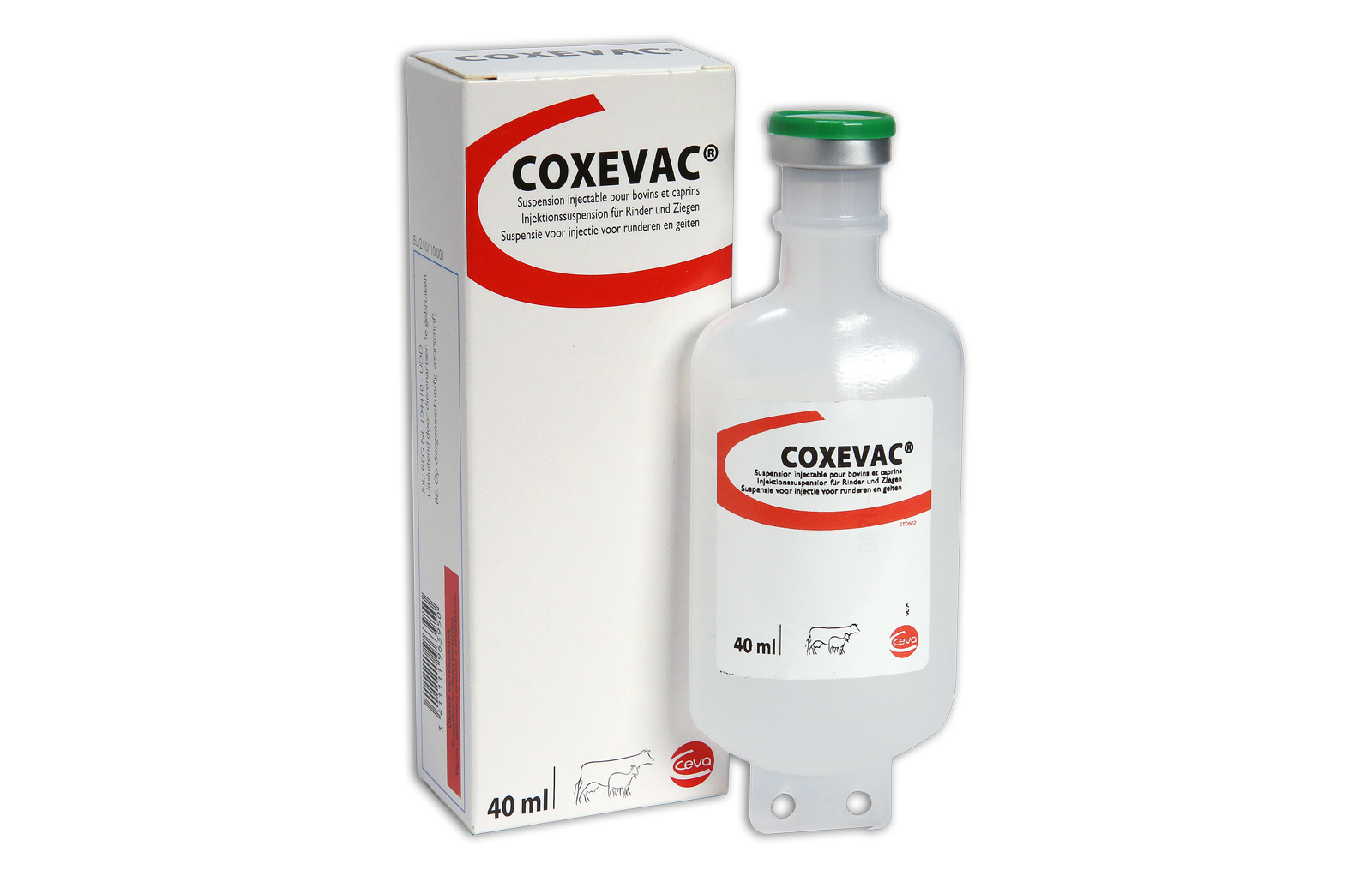Scientific article
QTest: A new way to easily sample, store, and ship samples to perform Q fever PCR analysis on bulk tank milk
Authors
M. Treilles, P. Charollais, R. Guatteo, C. Azevedo, D. Achard, J. Munoz-Bielsa, P. Gisbert
Publication information
Journal of Dairy Science 2021
Summary
Bulk tank milk (BTM) is an easy, inexpensive, and representative sample for detection of Coxiella burnetii infections (Q fever) in dairy herds using real-time PCR. Bulk tank milk PCR can be performed either for initial herd screening or for monitoring the effectiveness of preventive measures. However, one major limitation under field conditions is the need to deliver BTM samples in adequate condition (quickly, safely, and under refrigeration) to a qualified laboratory. In addition, sending non-inactivated biological samples via normal mail may be prohibited. We developed an innovative, easy, and accurate diagnostic tool (QTest) for Q fever to support veterinarians and farmers in overcoming these constraints. The farmer or veterinarian simply places some drops of BTM on a Whatman FTA Elute Micro Card (FTA card) and lets the card dry before mailing it to the laboratory. In a 2-step study, we tested the hypotheses that (1) BTM samples stored on FTA cards are stable over time and at different temperatures, and (2) PCR results obtained via FTA cards are consistent with those obtained from raw BTM samples. The stability of C. burnetii DNA in milk preserved on an FTA card was maintained for at least 29 d at room temperature or 37°C to mimic field conditions. In our field study, of the original 70 positive BTM samples (when tested on raw BTM just after sampling), 58 samples were positive (on either raw BTM or FTA card) by the time of the direct comparison study (10 to 14 d later). Of these 58 samples, 45 raw BTM samples still tested positive after aging, and 53 FTA card BTM samples tested positive, indicating that detection was higher using FTA cards (91.4%) than raw milk (77.6%). Therefore, with inactivation and shipping advantages, this technique facilitates an easier and more practical approach to diagnosis of Q fever at the herd level and would support Q fever control strategies, especially in countries lacking adequate and close laboratory facilities.




